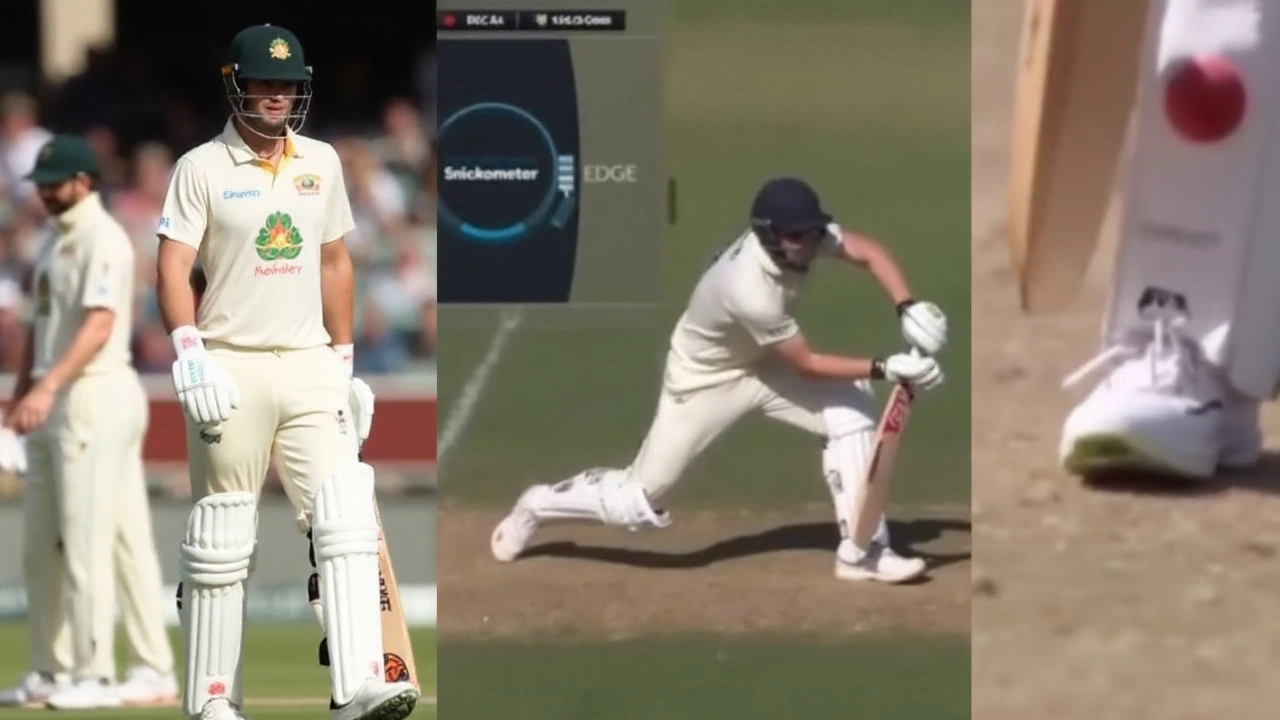Umpiring Controversy
When diving into umpiring controversy, the heated disputes that stem from on‑field decisions in cricket. Also known as officiating debate, it shapes how fans, players and officials perceive the fairness of a match. A single questionable call can spark endless analysis, affect team morale and even influence tournament outcomes. That’s why understanding the mechanics behind these flashpoints matters for anyone who follows the sport.
At the core of any dispute is the cricket umpire, the official tasked with applying the Laws of Cricket in real time. Umpires make split‑second judgments on outs, wides, no‑balls and more. Their authority is backed by the International Cricket Council (ICC), yet human error is inevitable. When an umpire’s call is challenged, the incident instantly becomes a case study for the wider community, illustrating how interpretation and pressure intersect on the field.
Modern technology adds another layer: the Decision Review System (DRS), a set of video‑review tools that let teams contest on‑field decisions. DRS includes ball‑tracking, ultra‑slow‑motion replays and edge‑detection. It aims to reduce the number of wrong calls, but it also fuels debate when reviews are denied or when the margin of error is statistically insignificant. The system itself becomes a focal point of umpiring controversy, because every overturn or upheld call is scrutinized by broadcasters, analysts and social media users.
Player reactions turn technical disputes into public spectacles. player dissent, the act of showing displeasure or protesting an umpire’s decision ranges from a raised finger to a full‑blown argument on the field. Such behavior often triggers penalties, but it also draws fan attention and media coverage, amplifying the original controversy. When a star player openly questions an umpire, the incident can dominate headlines for days, influencing future rule interpretations and even prompting the ICC to revise guidelines.
The governing framework behind all of this is set by the ICC regulations, the official code that defines umpiring standards, DRS protocols and disciplinary measures. These regulations dictate how many reviews a team gets, what constitutes misconduct, and the process for post‑match reviews. Changes in the rulebook often arise directly from high‑profile controversies, creating a feedback loop: a disputed call leads to rule tweaks, which then shape future decisions.
Recent Indian Premier League seasons have offered vivid examples. In IPL 2024, a disputed no‑ball call sparked a heated debate on social media, prompting the league to issue a clarification on how DRS would handle such situations. The following year, a match between Sunrisers Hyderabad and Rajasthan Royals saw a close finish that hinged on a borderline catch, leading to a prolonged review and a flood of commentary about umpire consistency. Even off‑field moments, like Rajinikanth’s video urging stronger selections, underline how public sentiment can pressure officials to reassess their standards. These instances illustrate that umpiring controversy isn’t confined to a single match—it’s a recurring theme that influences selections, team strategies and fan engagement.
Below you’ll find a curated collection of articles that unpack these dynamics from every angle—whether you’re looking for deep dives into specific incidents, analysis of DRS usage, or insights into how player behaviour drives rule changes. Browse the posts to see how each facet of the game contributes to the ongoing conversation around umpiring controversy.
